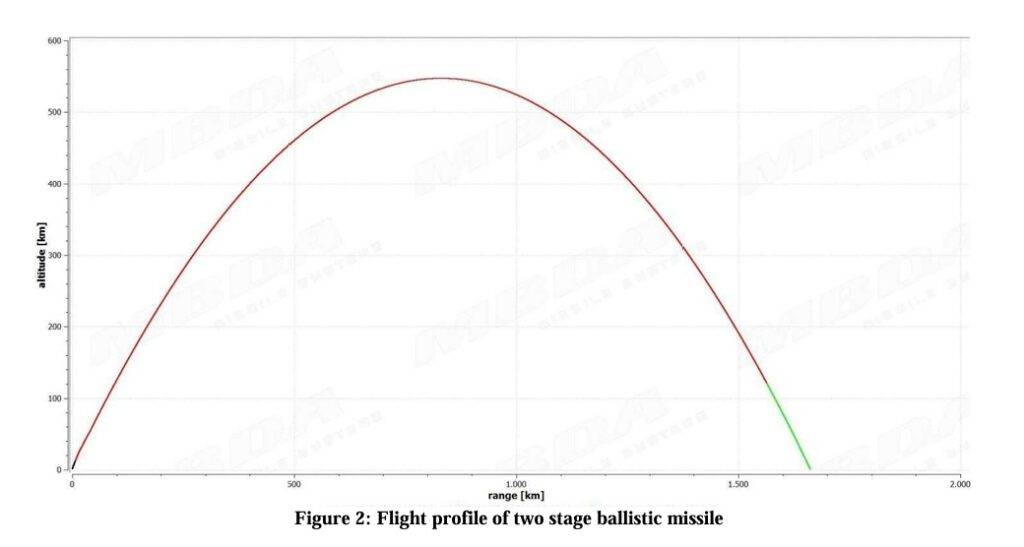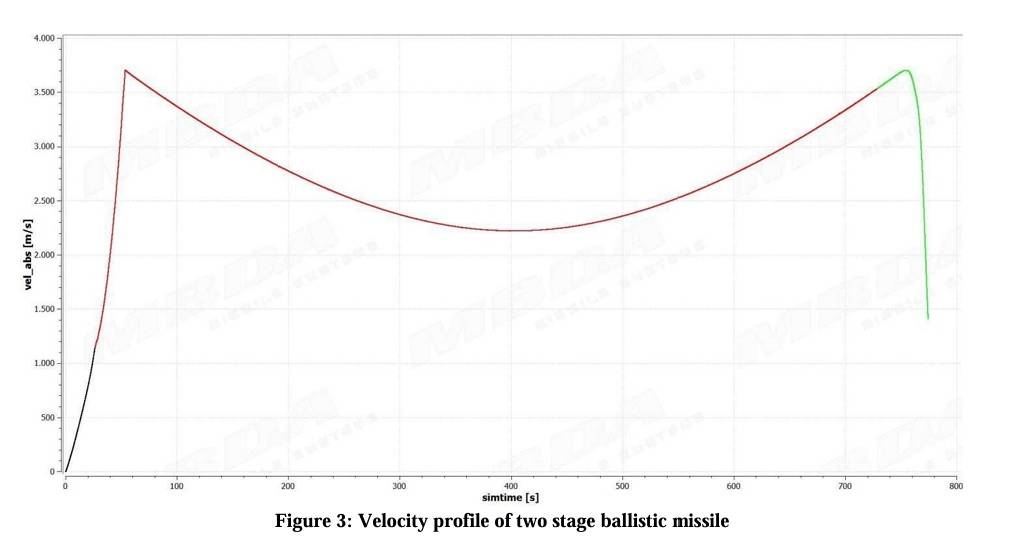Iran fields a wide range of ballistic missiles, from traditional systems following high-arcing trajectories to newer hypersonic types capable of low-level flight and evasive manoeuvres. These pose a serious challenge to even the most advanced air defence systems—Israel’s included.
Missile defence isn’t optional for a country like Israel. Under near-constant threat from Iran and its proxies, Israel has built the world’s most sophisticated layered air defence network, capable of engaging incoming missiles at multiple stages of flight. As of mid-June 2025, Iran had launched more than 400 missiles at Israel in less than a week.
That system includes three key components: Arrow, David’s Sling, and Iron Dome. The Arrow system handles long-range exo-atmospheric interceptions. Iron Dome deals with short-range threats such as rockets and mortars. David’s Sling—recently ordered by Finland—fills the gap between them, targeting medium- and long-range missiles within the atmosphere.
All three systems were deployed during Iran’s recent missile attacks in June 2025 and largely succeeded. But no defence is invulnerable. With enough projectiles launched at once, even the most layered system can be overwhelmed
Shahab and the MaRV Threat
Iran’s Shahab series of missiles—and its numerous subvariants—are typical medium-range ballistic missiles (MRBMs). The missile has a range of 1,000–2,000 km, reaching altitudes up to ~400 km. In its terminal phase, velocity can approach Mach 7 (~2.4 km/s) at low altitude before atmospheric drag begins to reduce speed.

(Image: X / @visegrad24)
The Shahab‑3B uses a triconic “baby-bottle” aeroshell design, improving lift-to-drag ratio compared to the original cone-shaped warhead. This enhanced aerodynamics extend manoeuvrability and improve accuracy. Warhead mass drops from ~1,000 kg to ~700 kg as a result.
Some Shahab variants are equipped with manoeuvrable re-entry vehicles, manoeuvrable re-entry vehicle (MaRVs) variants, such as the Shahab‑3B and Emad. They include small steerable guidance fins. At high speeds and altitudes, these fins allow the warhead to shift course mid-flight, complicating interception. They remain stowed during boost and deploy after warhead separation, enabling mid-course trajectory adjustments during terminal descent—precisely when interception probability rises.

(Image: Analysis of Re-entry Vehicle Flight Dynamics, MBDA Deutschland GmbH, Yuriy Metsker et al.)
Despite achieving hypersonic speeds during descent, Shahab‑3’s MaRV remains thrustless once warhead separation occurs. While these warheads achieve hypersonic speeds, with their limited manoeuvre via fins and no lift surfaces for gliding, it does not qualify as a hypersonic glide vehicle.
Data published by MBDA Deutschland GmbH on typical MRBM flight dynamics closely resemble Iran’s Ghadr-1, indicating the sophistication of these systems.
Hypersonic Escalation: The Fattah-1
On 15 June 2025, Iran claimed to have fired its first-generation Fattah-1 hypersonic missiles at Israeli targets. Iran boasts a range of 1,400 km and speeds between Mach 13 and Mach 15.

(Source: Analysis of Re-entry Vehicle Flight Dynamics, MBDA Deutschland GmbH, Yuriy Metsker et al.)
Fattah-1 uses a solid-fuel booster and a detachable, independently propelled warhead. The warhead’s own engine allows it to continue powered flight and manoeuvre through the terminal phase—making it significantly harder to track and intercept.
Iran’s Fattah‑1 warhead is not a true hypersonic glide vehicle—it has no lift surfaces and is not designed to glide. Its shape is rotationally symmetric, lacking fins or wings for lift; once separated, the warhead simply continues on its trajectory under its own thrust and gravity. Although the warhead has a solid‑fuel sustainer motor and thrust-vector control, enabling limited manoeuvre, these are only for course correction in the terminal phase, not gliding flight.
This design matches a MaRV (manoeuvrable re-entry vehicle) rather than a hypersonic glide vehicle (HGV). MaRVs can tweak their path but lack sustained lift or aerodynamic glide surfaces. True hypersonic glide vehicles—used by the U.S. or China—glide extensively through the atmosphere at low altitude. The Fattah‑1 simply maintains thrust-propelled hypersonic velocity during terminal descent, with modest directional control.
Unlike traditional ballistic missiles, hypersonic glide vehicles fly at lower altitudes to evade long-range SAM systems. Yet they still fly too high for short-range air defences. This makes them notoriously difficult to counter using conventional missile interceptors.
Physics still applies: the longer the range, the higher the missile must arc. A Fattah-1 fired at maximum range will almost certainly exceed the Kármán line (100 km altitude). This is when the warhead separates and begins its powered descent. That’s also the best—and perhaps only—moment to attempt interception. Its ability to adjust dive angles during descent adds a further layer of difficulty. A steep vertical dive exploits radar blind spots and compresses reaction time for defenders on the ground.

(Image: X / @Defence_Index)
War of Attrition Looming
The current Iran-Israel conflict appears headed for a grinding war of attrition. Israel continues to strike purely military targets inside Iran—mainly command centres, radar sites, and suspected nuclear infrastructure. Iran’s retaliatory salvos, however, have targeted both military and civilian areas, including parts of Tel Aviv, resulting in civilian casualties and infrastructure damage.
Whether Israel can sustain its interceptor stockpile longer than Iran can maintain its missile barrage remains uncertain. Israel’s Iron Dome interceptors are expensive. Iran, on the other hand, appears to be producing Shahab-class MRBMs and other variants in large numbers, reportedly with North Korean and Russian technical assistance.
Meanwhile, the United States’ position remains murky. There are reports of U.S. satellite early warning and logistics support, but there were no clear indication yet of direct military involvement, until USA joined the Israel air campaign on June 22th 2025 by attacking three Iranian nuclear sites.
A collapse of the Iranian regime may be the strategic endgame for Israel—but short of that, the defence calculus depends on who exhausts their arsenal first.
Read More:
- Newsweek: Iran’s Missile Arsenal: What It Has Used and What It Could Deploy
- Washington Post: Israel’s air defense against Iran, explained
- MDBA Systems
- Breaking Defense: Iran Missile Upgrades Complicate GCC Defense Efforts
- Breaking Defense: US-Israel Team To Battle Iran Missiles
- Breaking Defense: ‘Massive Improvement’ In Accuracy Of Iran Missiles Over Scud-B
- CSIS: Did the U.S. Defense of Israel from Missile Attacks Meaningfully Deplete Its Interceptor Inventory?
- The Economic Times: Israel’s Iron Dome is leaking on purpose as Iran’s ballistic missile count passes 400
- Hook Global: Iran’s Fattah-1 hypersonic missile: Specifications, range and speed (YouTube)
- The Economic Times: Is it a dragon? Iran’s mysterious hypersonic Fattah missile, flying at 15 times the speed of sound, goes viral
- PBS: Why hypersonic missiles are stirring fears in the conflict between Israel and Iran
- Force Index: Iran Launches First Strike on Israel Using Mach 13+ Fattah Hypersonic Missile: Can it Turn the Tide of the War?
- NDTV: All About Fattah-1, Iran’s Hypersonic Missile Fired At Israel
- South Asian Times: Layered Defense vs Layered Attack: The Iran-Israel Missile Contest
- Atlantic Council: Iran’s Ballistic Missile Inventory
- Wikipedia: Shahab–3
- MissileThreat: Emad, Ghadr (Shahab-3 Variants)
- Missile Defense Advocacy: “Fattah”: Iran’s New Hypersonic Missile – Technical Assessment
- MissileThreat: Iron Dome (Israel)
- MissileThreat: David’s Sling (Israel)
- MissileThreat: Arrow 3 (Israel)
- MissileThreat: Iran
- X (Fattah-1 impact): @Defence_Index
- AP News: US has struck 3 Iranian nuclear sites, Trump says, joining Israeli air campaign



